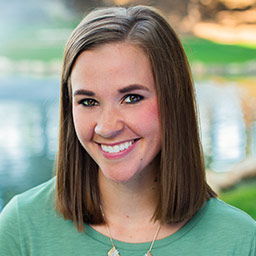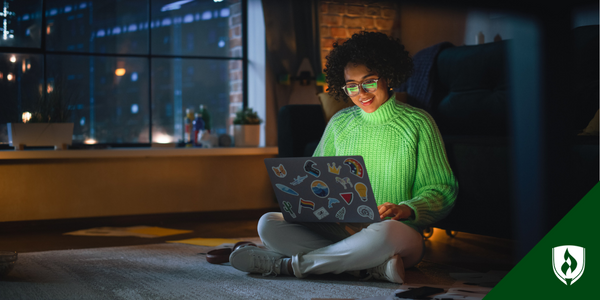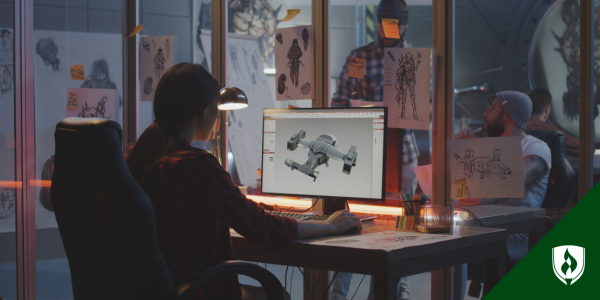Whether you have big dreams of launching a successful graphic design career or you’re just looking to pick up a few skills to dabble in your spare time, there are multiple ways to teach yourself some of the top skills used in the field.
We produced the Adobe Creative Cloud Tutorial Series to support you in your efforts. Because no matter how ambitious and tech savvy you are, it’s always nice to have a little help from the pros. This visual guide will add another talent to your arsenal of design skills.
In this episode of the Adobe Creative Cloud Tutorial Series, Jennifer Ayotte, Rasmussen College School of Design dean, will provide you with a step-by-step demonstration of how to edit video in Photoshop. Be sure to other videos in the Creative Cloud Tutorial Series!
If you’re serious about pursuing this profession, learn more about how a graphic design degree can help jumpstart your career!
Check out our article, "How to Create CSS Layouts in Dreamweaver [Tutorial]".




